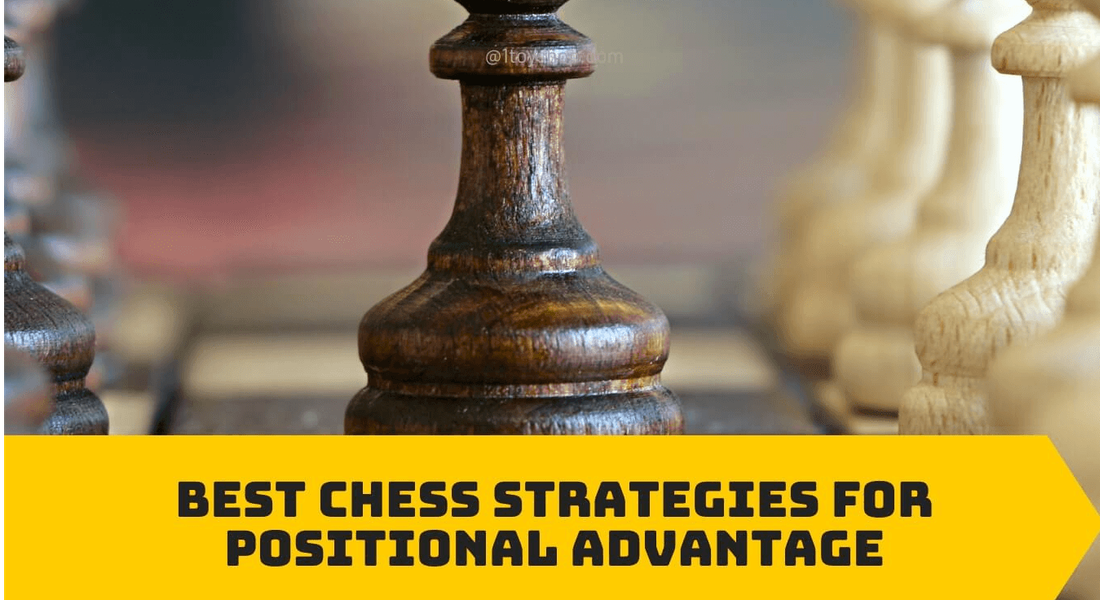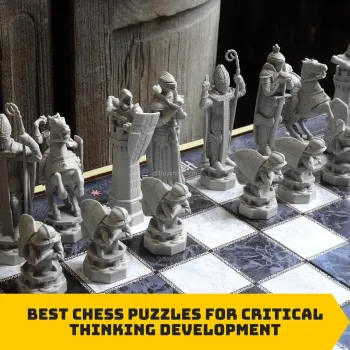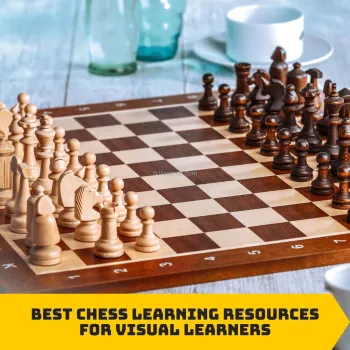
To Get More Wonderful Toys And Take Discount Today. Click On The Image.
While many players focus on tactical brilliance and flashy combinations, the true essence of chess mastery lies in understanding and applying positional principles. This blog post delves into the best chess strategies for gaining and maintaining a positional advantage, a skill that can elevate your game to new heights.
Understanding Positional Chess
Positional chess is all about making moves that improve your position gradually, rather than seeking immediate tactical gains. It's a patient approach that focuses on long-term advantages and often leads to victory in the endgame. Let's explore some key strategies that can help you develop a strong positional game.
The Importance of Pawn Structure
Pawns are often called the soul of chess, and for good reason. They define the character of a position and can become powerful weapons in the right hands. Here are some pawn-related strategies to consider:
Create a strong pawn chain to control key squares
Avoid creating pawn weaknesses, such as isolated or doubled pawns
Use pawn breaks to open up lines for your pieces
Establish a passed pawn in the endgame, which can be a decisive advantage
Piece Placement and Coordination
The way you position your pieces can make or break your game. Consider these principles:
Develop your pieces towards the center of the board
Place your knights on outposts, protected by pawns
Position your bishops on long diagonals for maximum impact
Coordinate your pieces to work together effectively
"Chess is a game of understanding, not of memory." - Mikhail Botvinnik
Key Strategies for Positional Advantage
Control the Center
The center of the chess board is crucial territory. Controlling it gives you more options and restricts your opponent's play. Here's how to dominate the center:
Occupy the central squares with pawns or pieces
Prevent your opponent from establishing a foothold in the center
Use your pieces to exert pressure on central squares, even if you don't occupy them directly
Exploit Weaknesses in Your Opponent's Position
A keen eye for weaknesses in your opponent's camp can lead to significant advantages. Look for:
Weak squares that can be occupied by your pieces
Poorly placed pieces that can be targeted
Pawn weaknesses that can be exploited in the endgame
Improve Your Worst-Placed Piece
Sometimes, the key to improving your position lies in addressing your weaknesses rather than building on your strengths. Identify your worst-placed piece and find ways to improve its position. This could involve:
Moving a knight from the edge of the board to a more central location
Freeing a trapped bishop by advancing pawns
Repositioning a rook to an open file
Create and Exploit Space Advantages
Having more space on the board gives you more options and can cramp your opponent's position. Here's how to create and use space advantages:
Advance pawns to claim territory
Use pawn chains to control space
Place pieces behind advanced pawns to support them
Advanced Positional Concepts
As you become more comfortable with basic positional principles, you can start to incorporate more advanced concepts into your game.
The Two Bishops Advantage
In many positions, having two bishops can be a significant advantage, especially in open positions. They can control long diagonals and work together to create powerful attacking possibilities. To make the most of the two bishops:
Keep the position open or work to open it up
Place your bishops on opposite-colored squares to control a wider area
Use your bishops to restrict your opponent's piece movement
The Principle of Two Weaknesses
This strategy involves creating multiple problems for your opponent to deal with. By pressuring two different areas of the board, you force your opponent to divide their attention and resources. To apply this principle:
Identify a weakness in your opponent's position
Create pressure on that weakness
Simultaneously, work to create a second weakness elsewhere on the board
Prophylaxis
Prophylaxis is the art of preventing your opponent's plans before they can execute them. It requires a deep understanding of the position and the ability to anticipate your opponent's intentions. To practice prophylaxis:
Ask yourself what your opponent's best plan might be
Make moves that prevent or complicate those plans
Force your opponent to come up with less effective alternatives
Putting It All Together: A Positional Approach to the Game
To truly excel in positional chess, you need to integrate all these strategies into a cohesive approach. Here's a step-by-step guide to applying positional principles in your games:
Analyze the position carefully at the beginning of the game
Identify key features of the position, such as pawn structure and piece placement
Formulate a plan based on the position's characteristics
Look for ways to improve your position incrementally
Reassess the position regularly and adjust your plan as needed
Be patient and avoid the temptation to force tactical solutions
Remember, positional chess is not about finding the perfect move in every position. It's about making moves that consistently improve your position and create long-term advantages.
Conclusion
Mastering positional chess strategies can significantly improve your game and help you achieve more consistent results. By focusing on pawn structure, piece placement, central control, and other key principles, you can build positions that are resilient and full of potential.
As you incorporate these strategies into your play, you'll find that your understanding of chess deepens, and you'll be better equipped to handle a wide variety of positions. Remember that becoming proficient in positional play takes time and practice. Analyze your games, study the games of positional masters like Anatoly Karpov or Tigran Petrosian, and most importantly, keep playing and experimenting with these ideas on the board.
Developing a strong positional sense will not only improve your chess results but will also enhance your overall enjoyment of this fascinating game. So, the next time you sit down to play, take a moment to consider the positional elements of the game before making your move. Your chess will be richer and more rewarding for it.
Source: Team 1ToyShop (1.T.S) compiled, analyzed and wrote.

Best Chess Puzzles For Critical Thinking Development
Author name
23.07.2024
The Power of Chess for Mental Growth
Chess, the age-old game of kings and queens, has long been celebrated for its ability to sharpen the mind. But did you know that solving chess puzzles can be just as beneficial as playing a full game?

Best Chess Learning Resources For Visual Learners
Author name
24.07.2024
Chess, the ancient game of strategy and skill, has captivated minds for centuries. For visual learners, mastering this complex game can be particularly rewarding when approached with the right resources.

Best Chess Opening Variations For Black Pieces
Author name
24.07.2024
Mastering the Opening: Essential Chess Variations for Black Pieces
